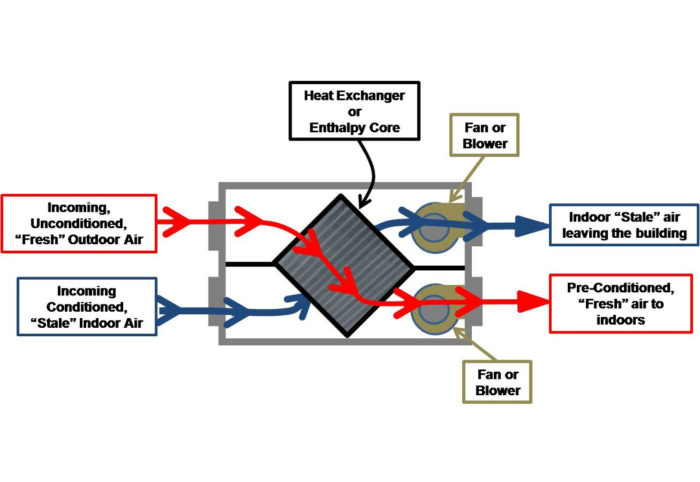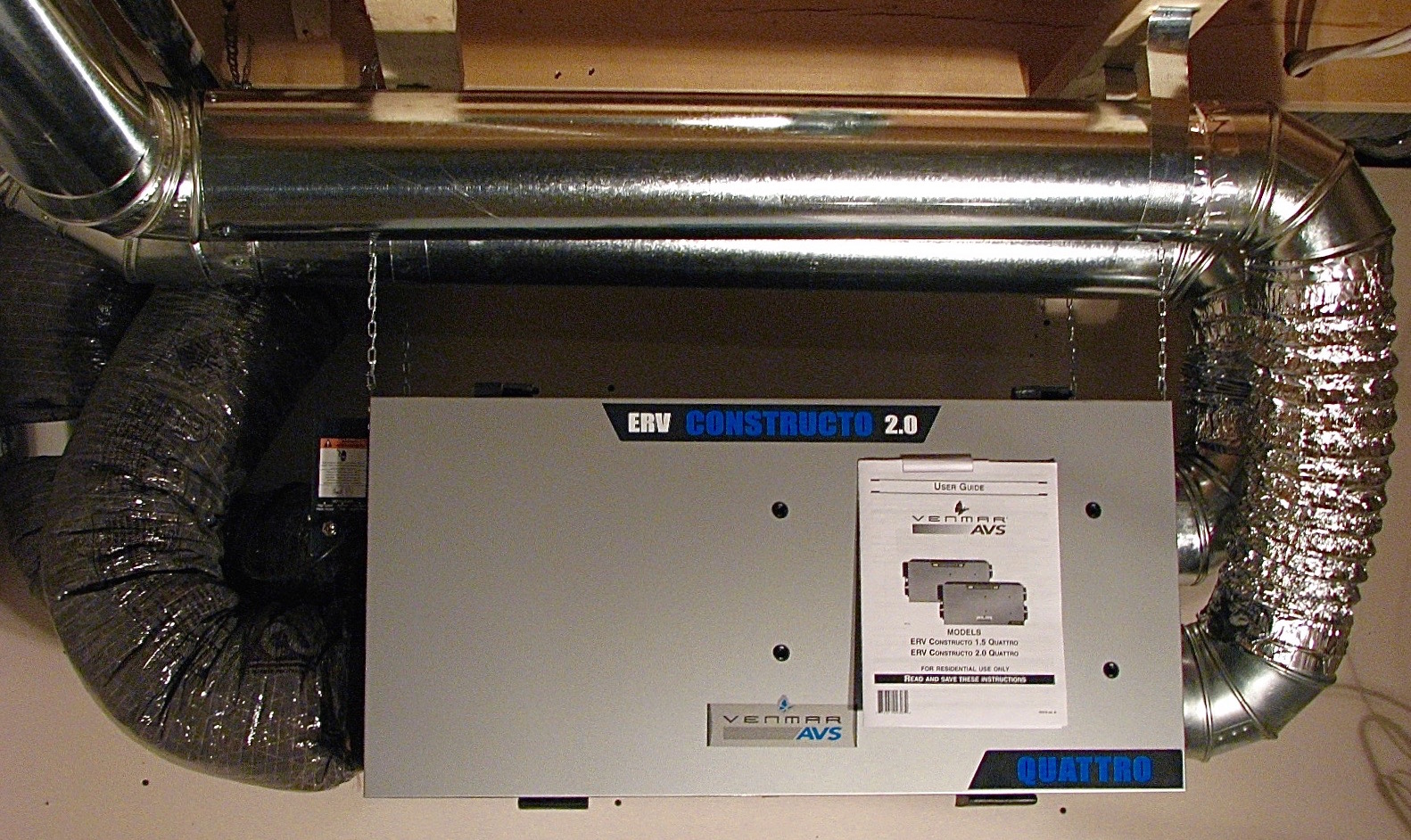Checking out the Benefits of Heat Recovery Ventilation for Energy Performance in Houses
Heat Recovery Ventilation (HRV) systems use home owners a practical strategy to enhancing power effectiveness. By recovering warmth from outbound air, these systems can considerably decrease heating and cooling prices. In addition, they offer a constant supply of fresh air, boosting interior air quality and convenience levels. As property owners consider sustainable options, comprehending the nuances of HRV systems ends up being increasingly vital. What factors should one examine prior to making such a financial investment?
Recognizing Heat Recovery Ventilation Solutions

How HRV Enhances Indoor Air Top Quality

Energy Savings: The Economic Benefits of HRV
Making the most of power performance, heat recovery ventilation (HRV) systems offer substantial financial advantages for home owners. By recouping and recycling heat from exhaust air, HRVs significantly lower home heating and cooling costs. This technology can result in power cost savings of up to 30%, depending on environment and usage patterns. Property owners typically notice decreased energy expenses quickly after installment, making HRVs a monetarily sensible investment in time. Additionally, lots of regions give incentives or refunds for energy-efficient upgrades, further enhancing the economic appeal. As energy prices remain to rise, the cost-effectiveness of HRVs becomes significantly clear. In general, the incorporation of HRV systems not only advertises energy efficiency yet also adds to lasting financial savings for families.
The Environmental Impact of Heat Recovery Ventilation
A substantial ecological benefit of heat recovery ventilation (HRV) systems depends on their capacity to decrease overall power usage. By reclaiming heat from exhaust air and transferring it to incoming fresh air, HRV systems minimize the need for energy-intensive heating and cooling down approaches. This reduction in power need adds to lower greenhouse gas exhausts, as less fossil fuel is needed to preserve comfy interior temperatures. Furthermore, HRV systems improve interior air top quality by successfully trading stale air with fresh outside air, lowering reliance on mechanical cooling systems that can hurt the setting. In general, the HRV Heat Recovery Ventilation execution of HRV systems supports sustainable living techniques and aligns with worldwide initiatives to fight environment adjustment by advertising energy effectiveness in domestic settings.
Choosing the Right HRV System for Your Home
Just how can homeowners guarantee they pick the right heat recovery ventilation (HRV) system for their demands? First, they need to assess their home's dimension and format, as these elements affect air movement needs. Next off, evaluating the system's efficiency ratings is important, as greater ratings show better efficiency and energy savings. Homeowners need to additionally think about installation and maintenance prices, comparing various brands and versions for value. In addition, it is very important to assess sound degrees, as some systems run more quietly than others. Consulting with cooling and heating professionals can provide tailored recommendations based on certain home problems. Ultimately, examining customer testimonials and service warranties can aid in making an educated decision, guaranteeing that the selected HRV system successfully enhances interior air quality and power performance.
Frequently Asked Concerns

Just how Frequently Should I Tidy or Maintain My HRV System?
The regularity of cleansing or preserving a warm recuperation ventilation (HRV) system generally depends upon use and environmental variables. Typically, it is suggested to do maintenance every six months to assure peak performance and air quality.

Can HRV Systems Assist Reduce Moisture Levels Inside?
HRV systems can efficiently lower indoor moisture degrees by trading stale, humid air with fresh, drier air from outside. HRV Heat Recovery Ventilation. This procedure helps preserve a well balanced indoor atmosphere, improving comfort and preventing moisture-related concerns
What Is the Life expectancy of a Regular HRV System?
The life expectancy of a typical heat recovery ventilation (HRV) system varies, generally lasting between 10 to 15 years. Routine upkeep can expand its effectiveness and operational life, guaranteeing peak performance throughout its usage period.
Are There Any Type Of Noise Problems With HRV Systems?
Sound worries with HRV systems can occur, specifically from follower procedure. Nonetheless, lots of modern systems are made to lessen sound levels, guaranteeing they operate quietly while preserving performance, which resolves prospective disturbances in living atmospheres.
Can I Install an HRV System Myself, or Do I Required an Expert?
The specific contemplated whether to install the heat recovery ventilation (HRV) system personally or employ a professional. Generally, while do it yourself installment is feasible, competence assurances proper functionality and conformity with local building codes, boosting system efficiency.